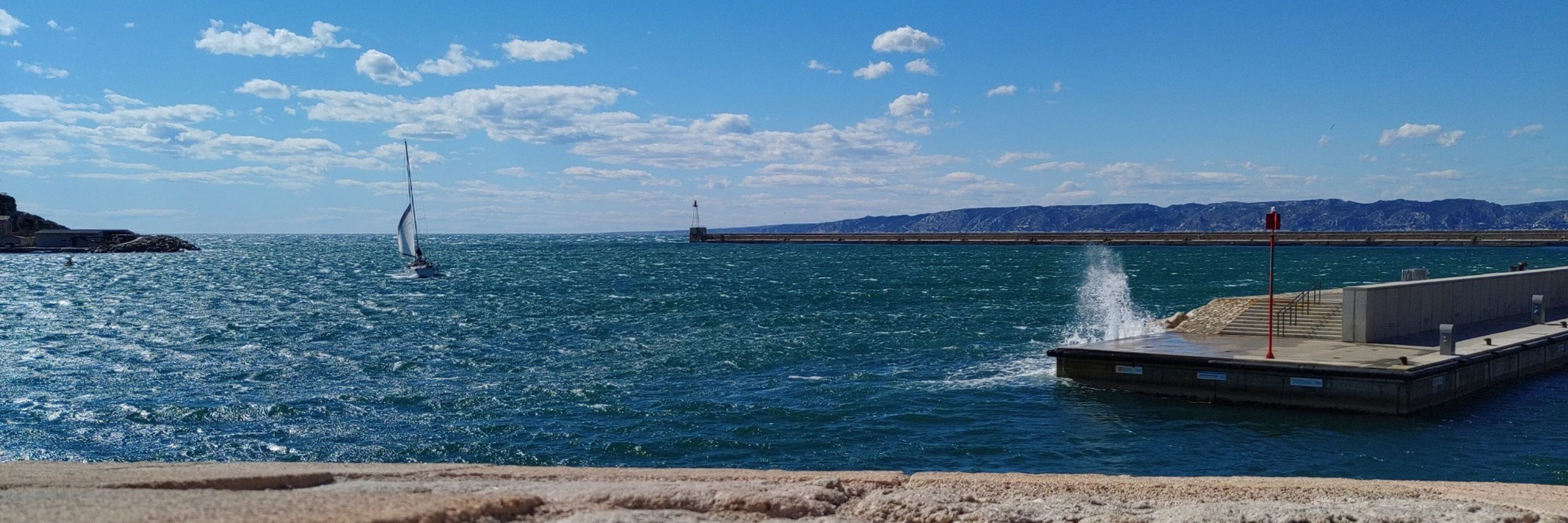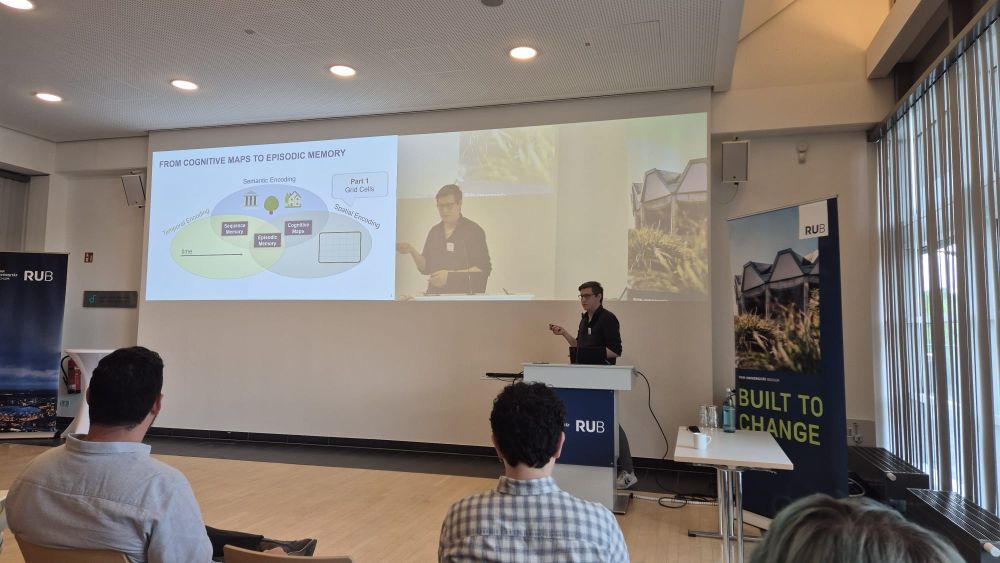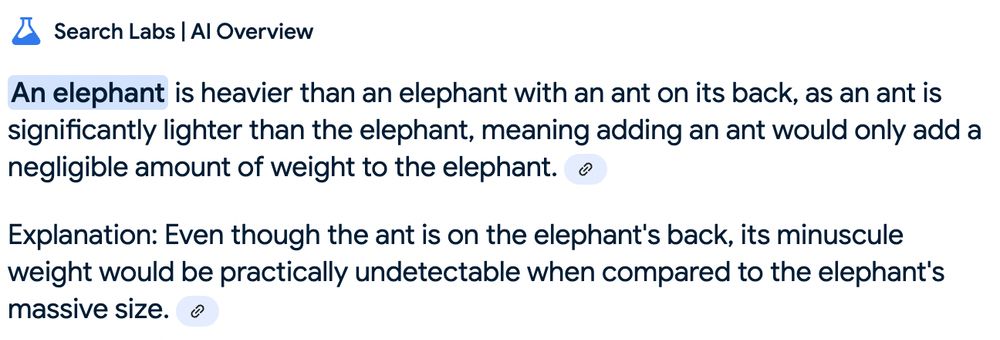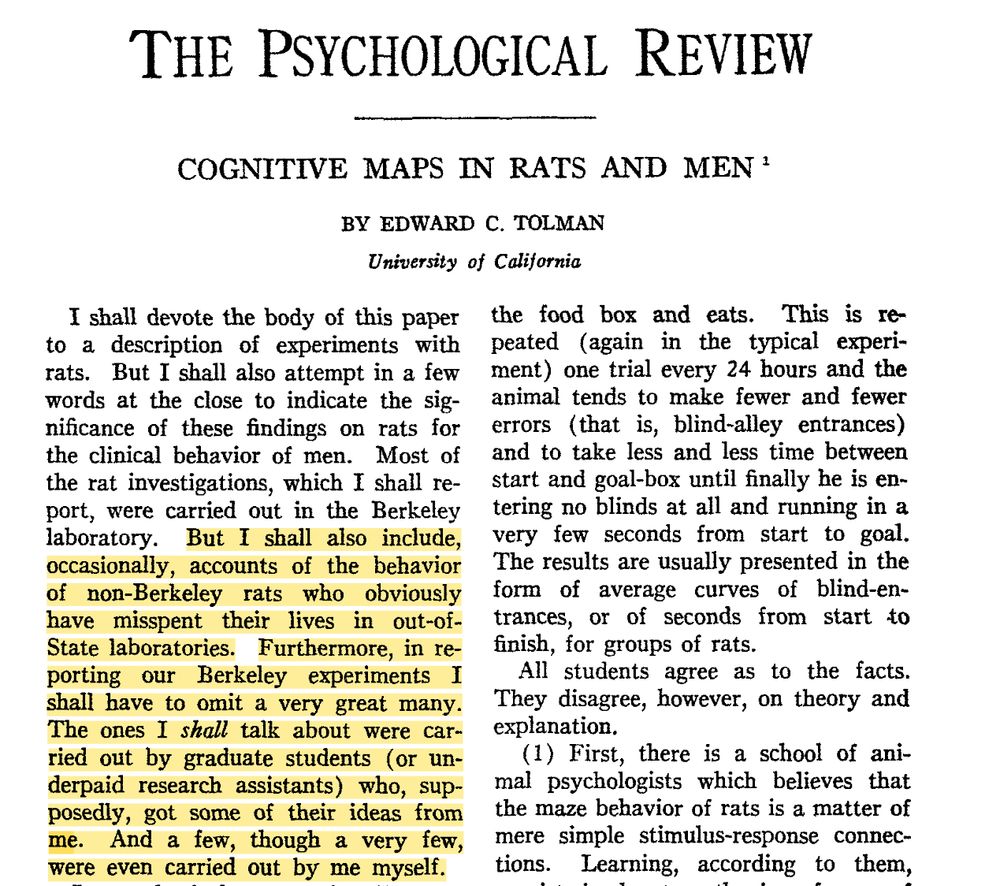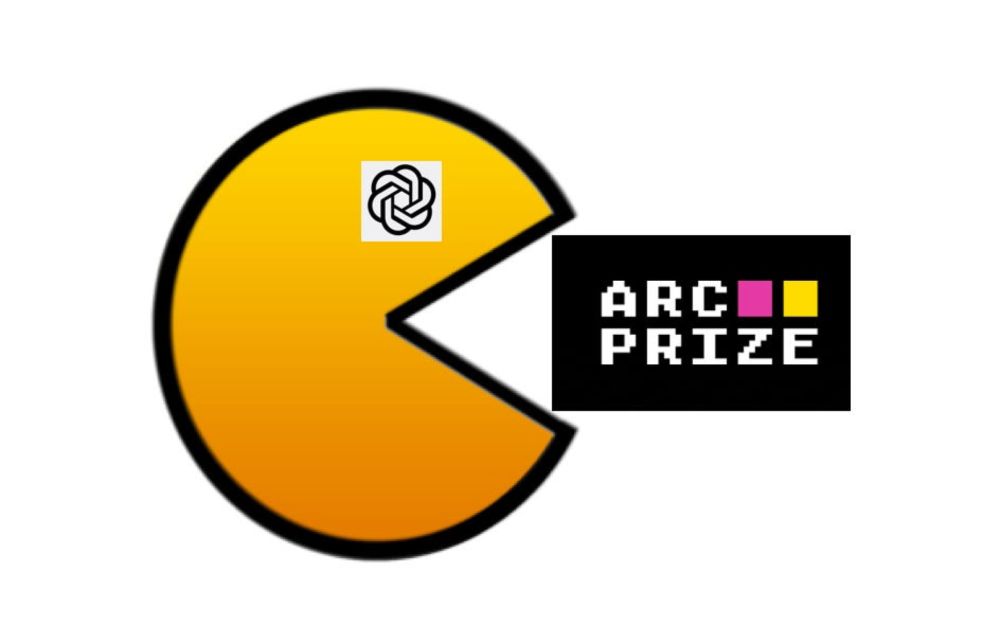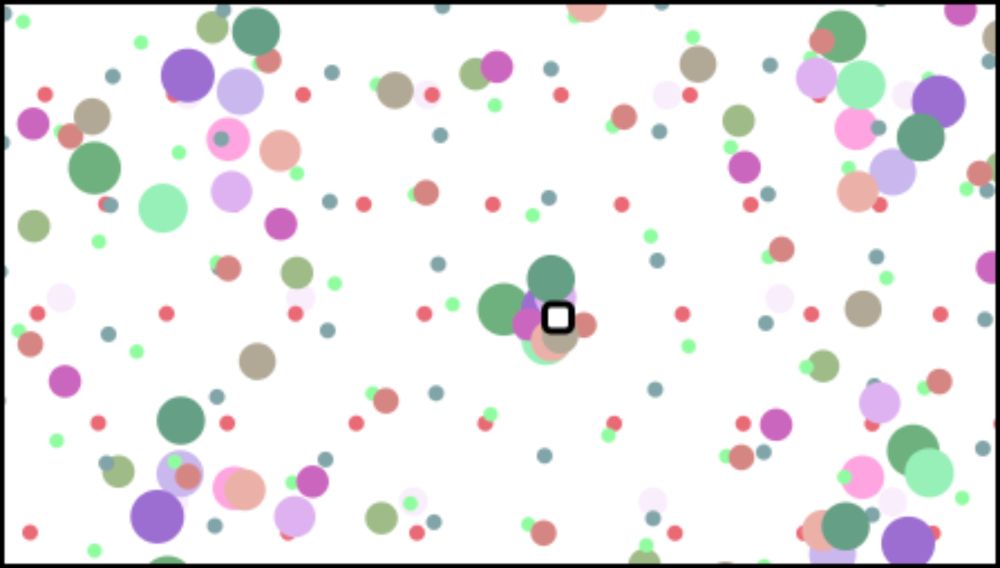Sven Krausse
@svenkrausse.bsky.social
130 followers
340 following
10 posts
PhD student @rwth.bsky.social and @fz-juelich.de in computational neuroscience and neuromorphic computing | Cognitive maps, hippocampus, navigation, inductive biases
Posts
Media
Videos
Starter Packs
Sven Krausse
@svenkrausse.bsky.social
· Jun 27
Edvard I Moser
@edvardmoser.bsky.social
· Jun 26
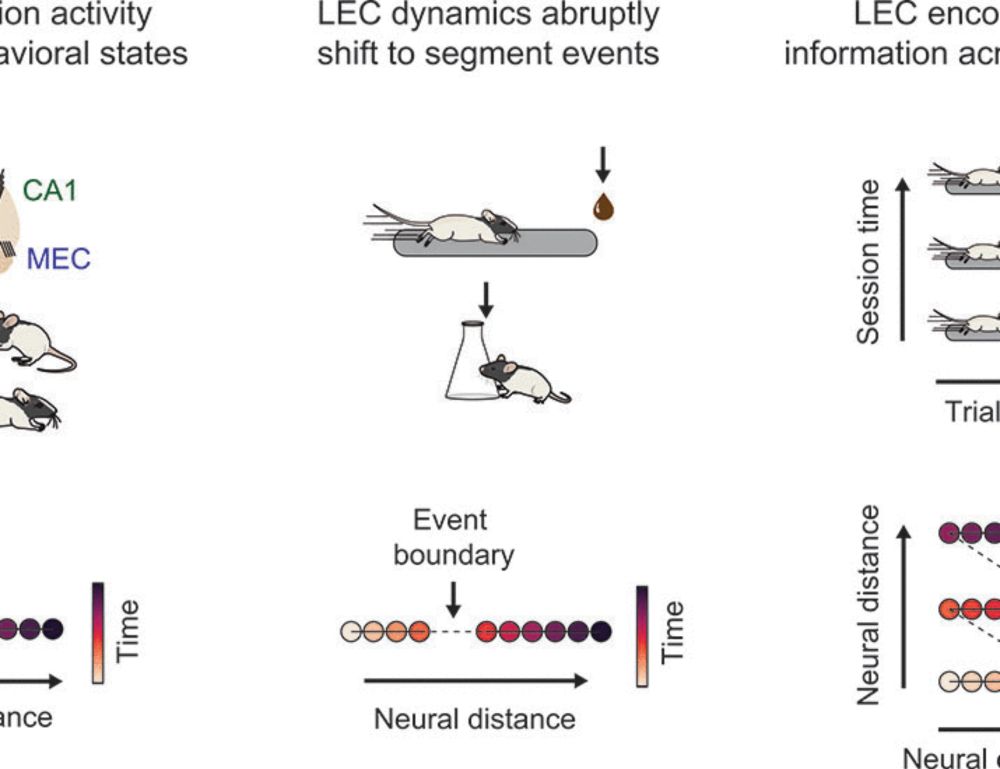
Event structure sculpts neural population dynamics in the lateral entorhinal cortex
Our experience of the world is a continuous stream of events that must be segmented and organized at multiple timescales. The neural mechanisms underlying this process remain unknown. In this work, we...
www.science.org
Sven Krausse
@svenkrausse.bsky.social
· Mar 20
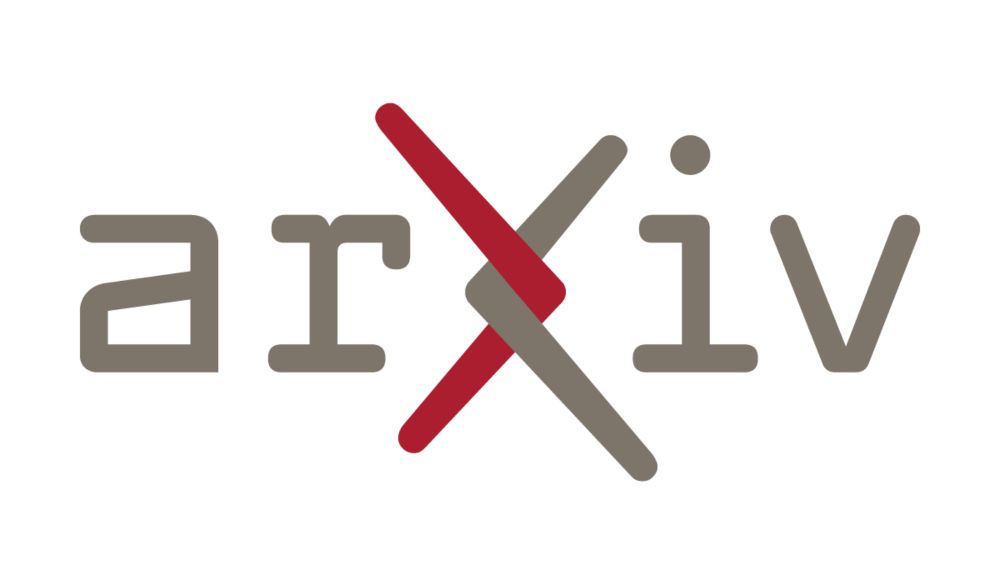
A Grid Cell-Inspired Structured Vector Algebra for Cognitive Maps
The entorhinal-hippocampal formation is the mammalian brain's navigation system, encoding both physical and abstract spaces via grid cells. This system is well-studied in neuroscience, and its efficie...
arxiv.org
Sven Krausse
@svenkrausse.bsky.social
· Mar 6
Reposted by Sven Krausse
Reposted by Sven Krausse
Tim Behrens
@behrenstimb.bsky.social
· Dec 1
Sven Krausse
@svenkrausse.bsky.social
· Dec 2
Sven Krausse
@svenkrausse.bsky.social
· Dec 2
Sven Krausse
@svenkrausse.bsky.social
· Dec 2
